Star Life Cycle Worksheet Answers
The star life cycle worksheet is a helpful resource for students to deepen their understanding of the fascinating journey stars take through their existence. By providing thoughtful questions and clear answers, this worksheet aims to engage students and enhance their comprehension of this astronomical subject.
Table of Images 👆
More Other Worksheets
Kindergarten Worksheet My RoomSpanish Verb Worksheets
Cooking Vocabulary Worksheet
DNA Code Worksheet
Meiosis Worksheet Answer Key
Art Handouts and Worksheets
7 Elements of Art Worksheets
All Amendment Worksheet
Symmetry Art Worksheets
Daily Meal Planning Worksheet
What is a star?
A star is a massive, luminous sphere of plasma held together by gravity, primarily composed of hydrogen and helium. Stars form when clouds of gas and dust in space collapse under their own gravity, triggering nuclear reactions that release energy in the form of light and heat. Stars are the fundamental building blocks of galaxies and play a crucial role in the universe's structure and evolution.
How are stars formed?
Stars are formed through the gravitational collapse of large clouds of gas and dust in space. As these clouds condense under their own gravity, they become hotter and denser, eventually reaching temperatures and pressures high enough for nuclear fusion reactions to begin in their cores. This fusion of hydrogen atoms into helium releases tremendous amounts of energy, causing the star to shine brightly and become a stable, self-sustaining celestial body.
What is the main sequence phase of a star's life cycle?
The main sequence phase of a star's life cycle is the stage during which a star fuses hydrogen into helium in its core, generating energy through nuclear fusion. This phase is characterized by the stability of the star as it maintains a balance between the inward force of gravity and the outward force of radiation pressure. The Sun is currently in the main sequence phase and is expected to remain in this stage for about 5 billion years.
What happens to a star after it exhausts its nuclear fuel?
After a star exhausts its nuclear fuel, it undergoes a series of changes depending on its mass. In the case of a low to medium mass star like our Sun, it will expand into a red giant before shedding its outer layers to form a planetary nebula and leaving behind a dense core known as a white dwarf. In the case of a high mass star, it will go through a supernova explosion, leaving behind either a neutron star or a black hole.
Describe the process of a star becoming a red giant.
As a star ages and exhausts its hydrogen fuel, gravity causes it to contract and its core to heat up. This leads to the fusion of helium into heavier elements, causing the outer layers of the star to expand and cool, transforming it into a red giant. The increased size and temperature of the red giant star can lead to the outer layers being expelled as a planetary nebula, leaving behind a remnant core known as a white dwarf.
What happens when a red giant sheds its outer layers?
When a red giant sheds its outer layers, it forms a beautiful and colorful cloud of gas and dust known as a planetary nebula. These outer layers are ejected into space, exposing the hot core of the star, which eventually cools down to become a white dwarf. The planetary nebula will continue to expand and dissipate over time, while the remaining white dwarf is left behind as a remnant of the once massive star.
Explain the transformation of a red giant into a white dwarf.
A red giant transforms into a white dwarf through a series of steps in stellar evolution. As a red giant exhausts its nuclear fuel, its core shrinks and heats up, causing the outer layers to expand and cool, creating the characteristic red color. Eventually, the core collapses and heats up further, triggering helium fusion and forming carbon and oxygen. The outer layers are expelled as a planetary nebula, leaving behind a hot, dense core known as a white dwarf. This compact remnant slowly cools over billions of years, emitting leftover heat as faint light until it eventually becomes a cold, dark object known as a black dwarf.
What causes a supernova event?
A supernova event occurs when a massive star reaches the end of its life cycle and undergoes a catastrophic explosion. This explosion can happen in one of two ways: either the star's core collapses and rebounds, causing a sudden release of energy and material, or the star accumulates more mass from a companion star, leading to a runaway nuclear fusion reaction that results in the explosion. Both scenarios result in the release of an immense amount of energy and often the creation of a neutron star or black hole at the core of the remains.
Describe the formation of a neutron star after a supernova explosion.
During a supernova explosion, the core of a massive star collapses under gravity's immense pressure, causing protons and electrons to combine and form neutrons. This collapse produces an incredibly dense and hot core known as a neutron star, with a mass similar to that of the Sun but compressed into a sphere roughly 12 miles in diameter. The rapid rotation of the collapsing core leads to a fast-spinning neutron star emitting radiation and strong magnetic fields, making it one of the most extreme and fascinating objects in the universe.
What is a black hole, and how does it form?
A black hole is a region in space where the gravitational pull is so intense that nothing, not even light, can escape from it. Black holes form when a massive star runs out of fuel and collapses under its own gravity, causing its core to implode into a point of infinite density, known as a singularity. This creates a gravitational field so strong that it distorts spacetime around it, forming a boundary called the event horizon beyond which nothing can escape the black hole's pull.
Have something to share?
Who is Worksheeto?
At Worksheeto, we are committed to delivering an extensive and varied portfolio of superior quality worksheets, designed to address the educational demands of students, educators, and parents.






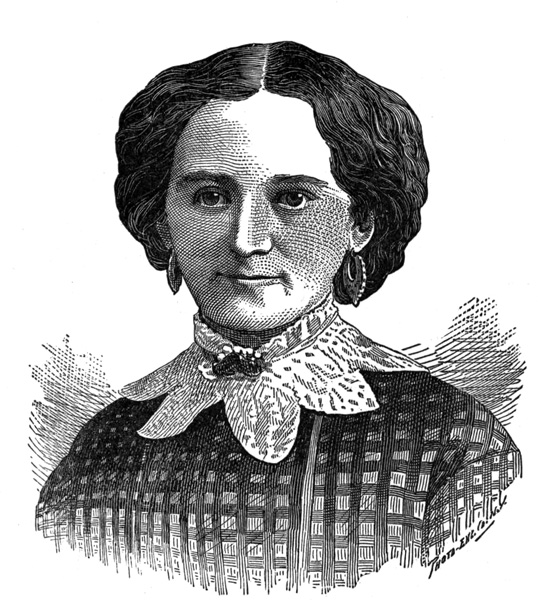
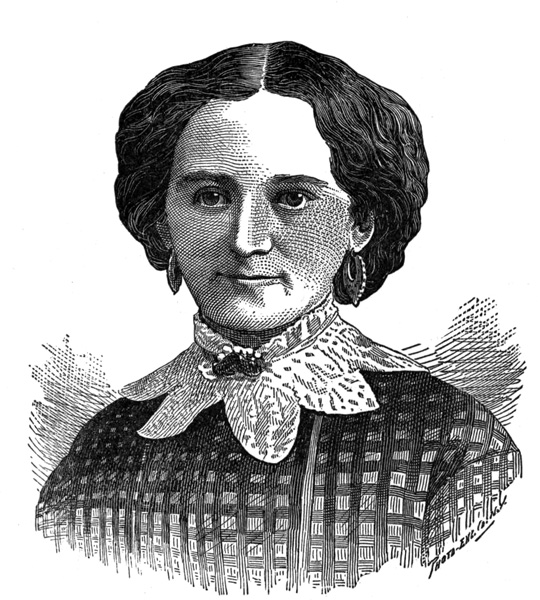
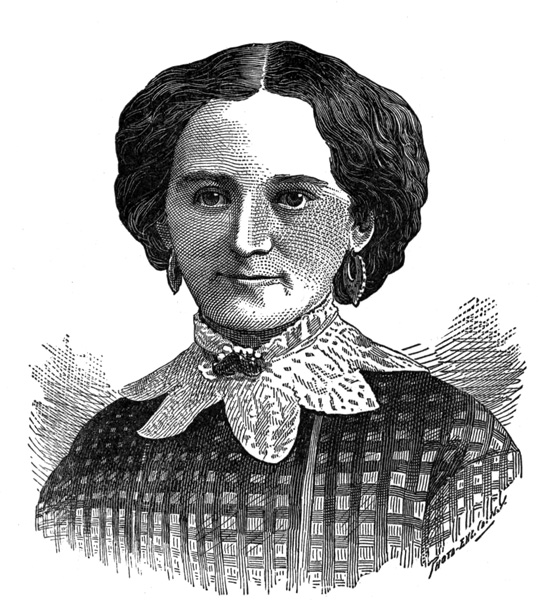
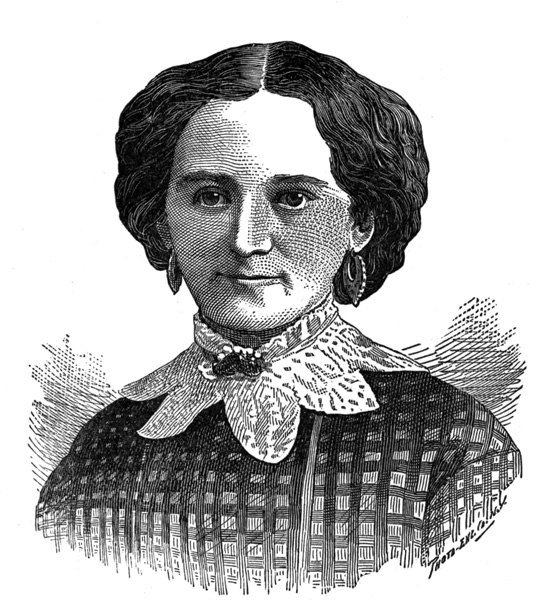
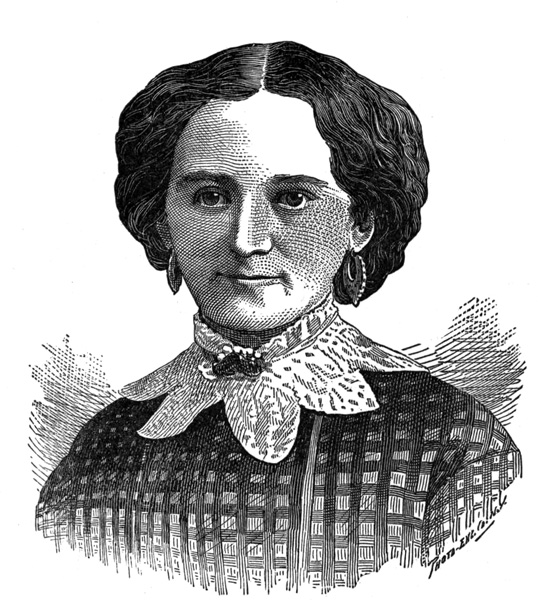

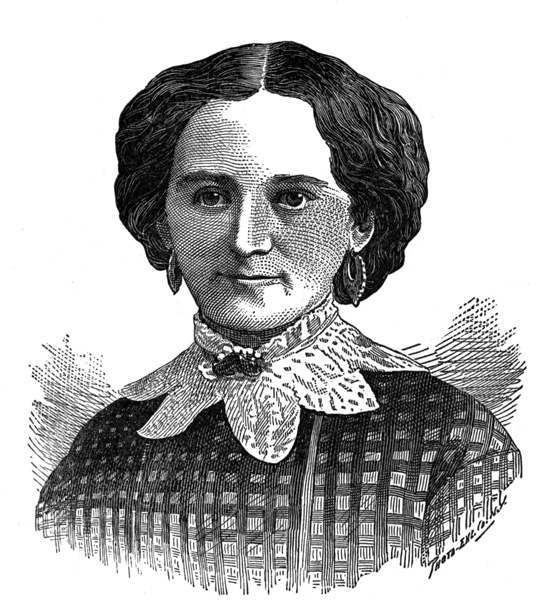
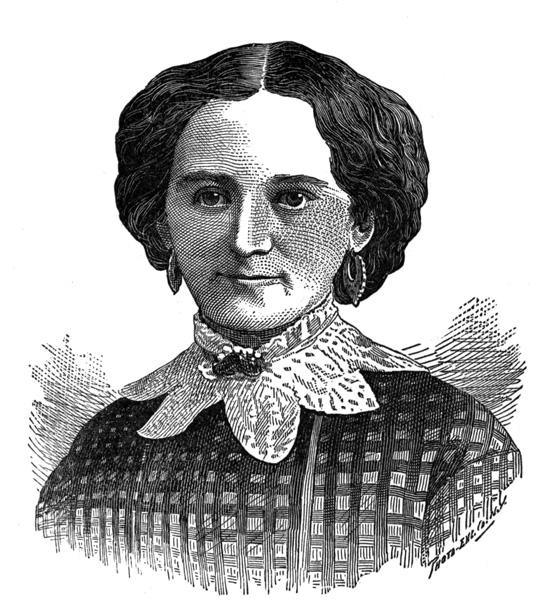
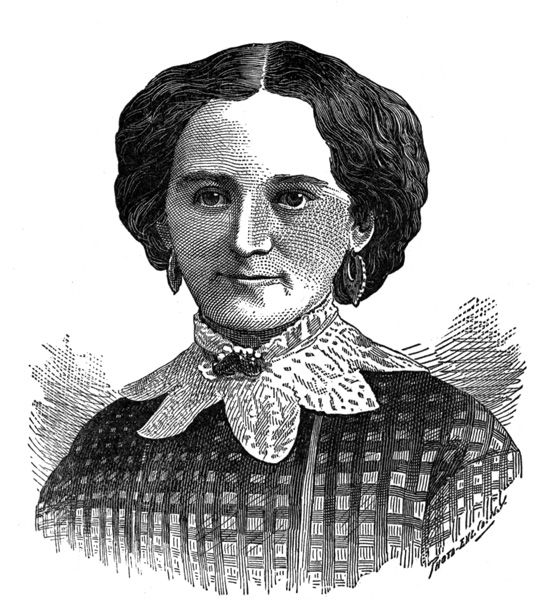
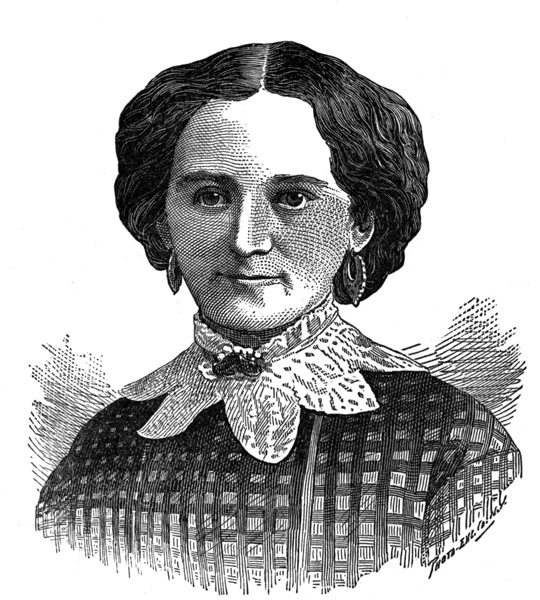
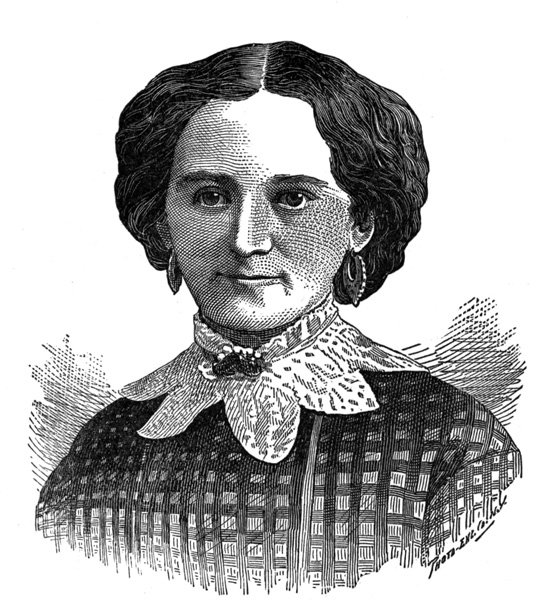
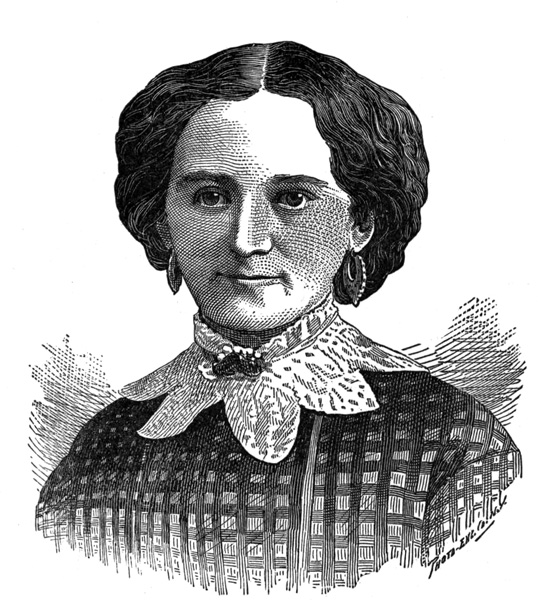
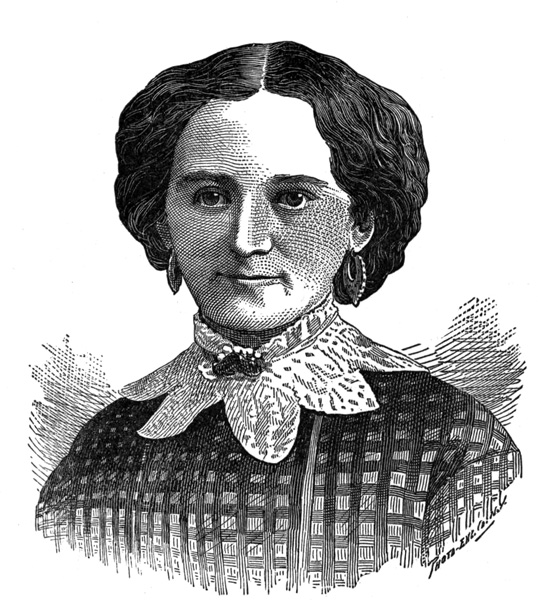
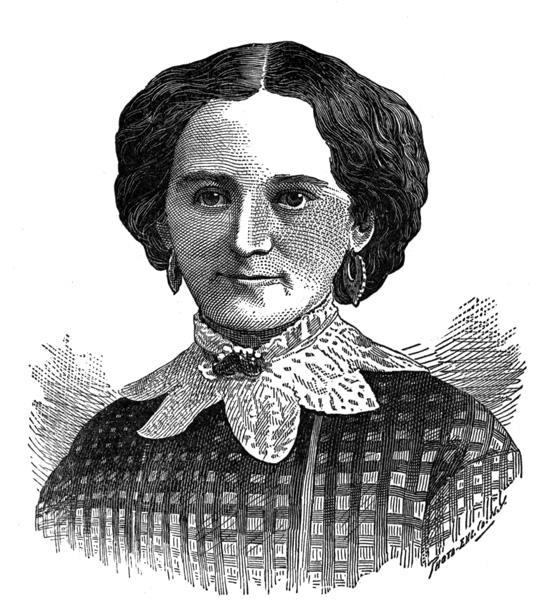
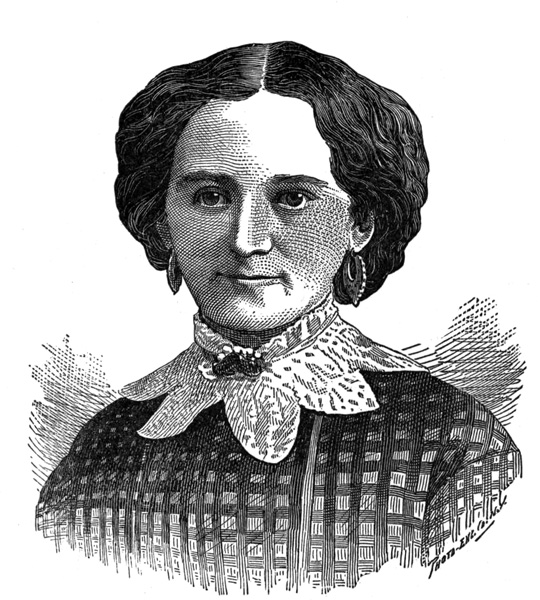














Comments